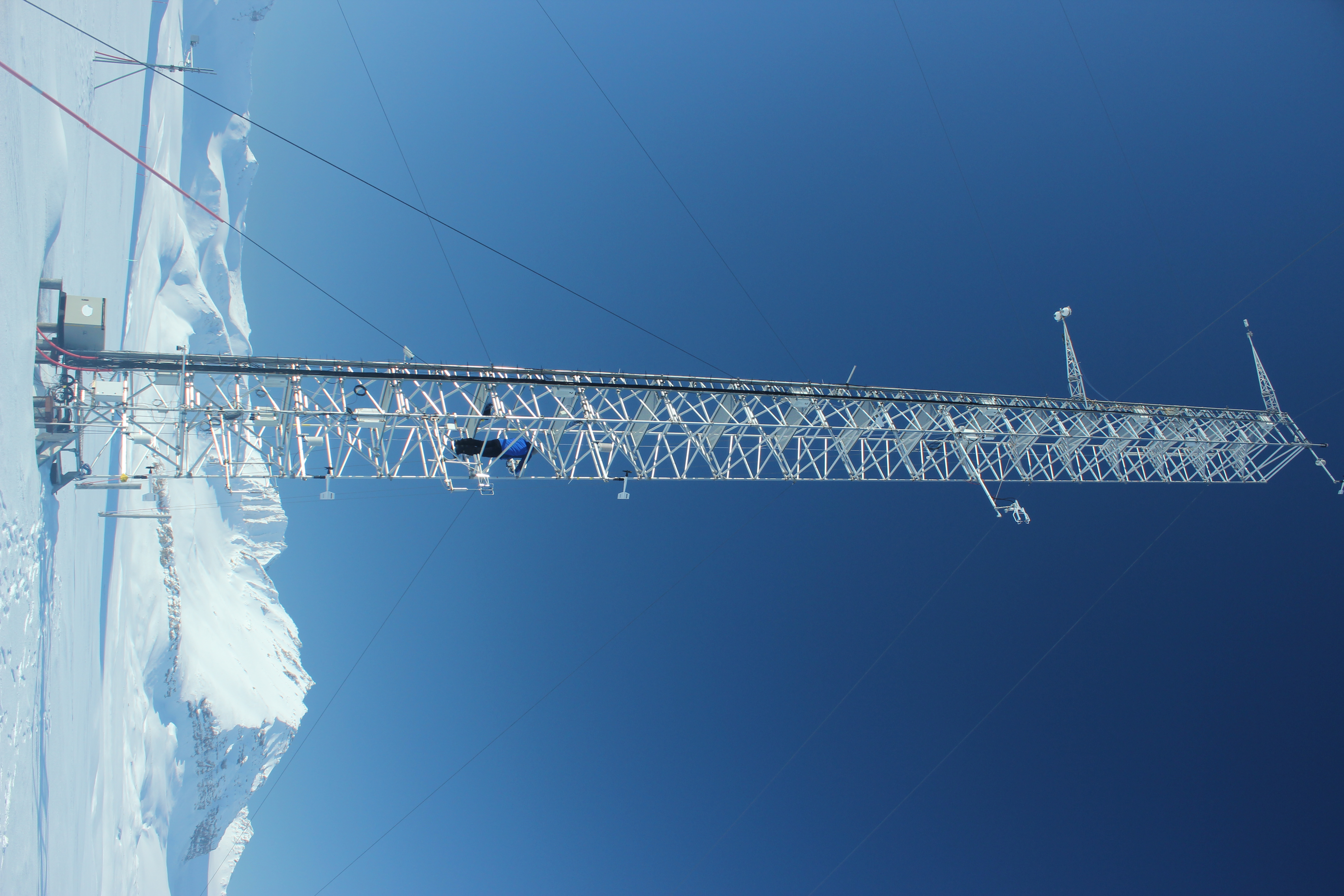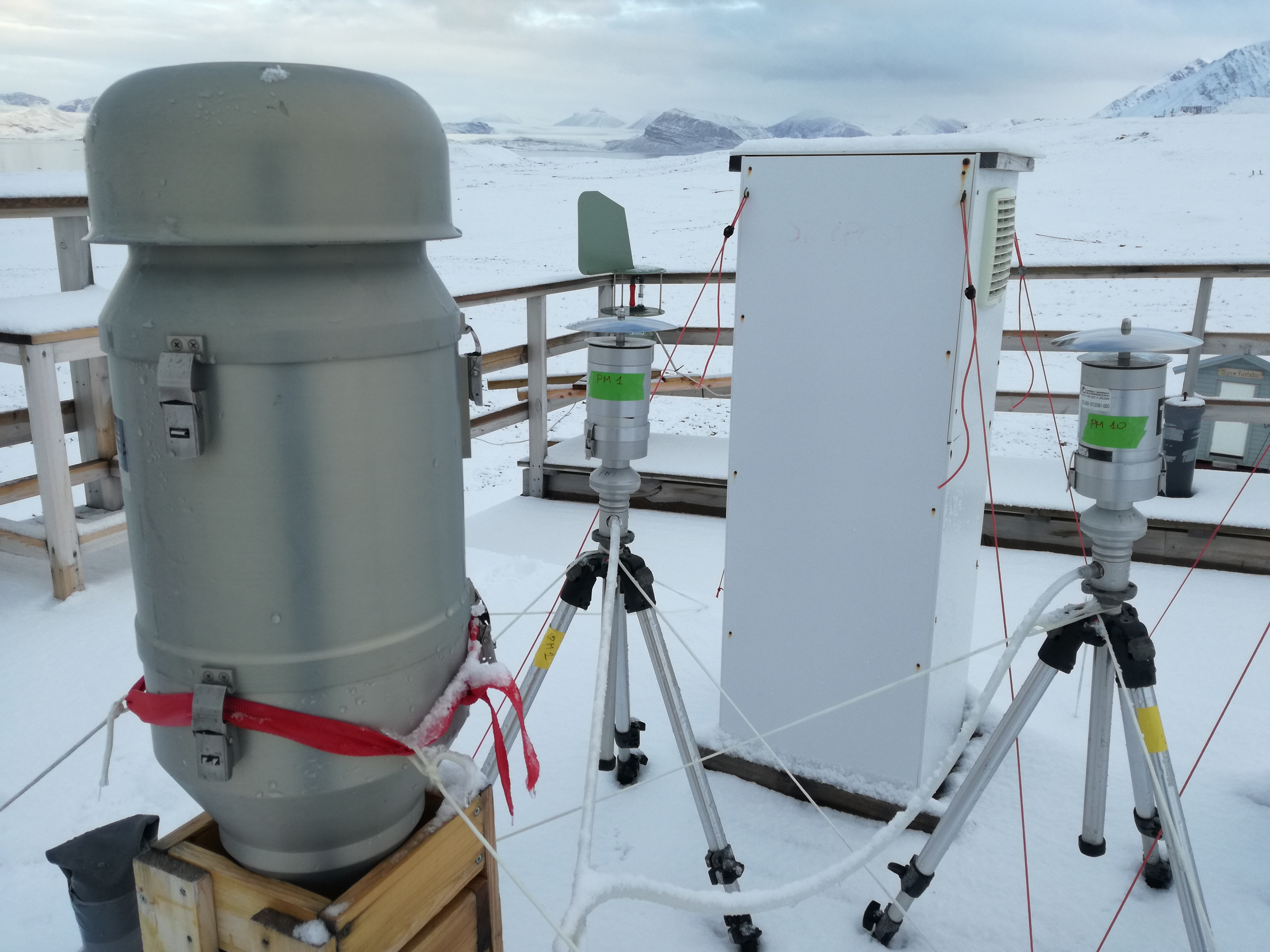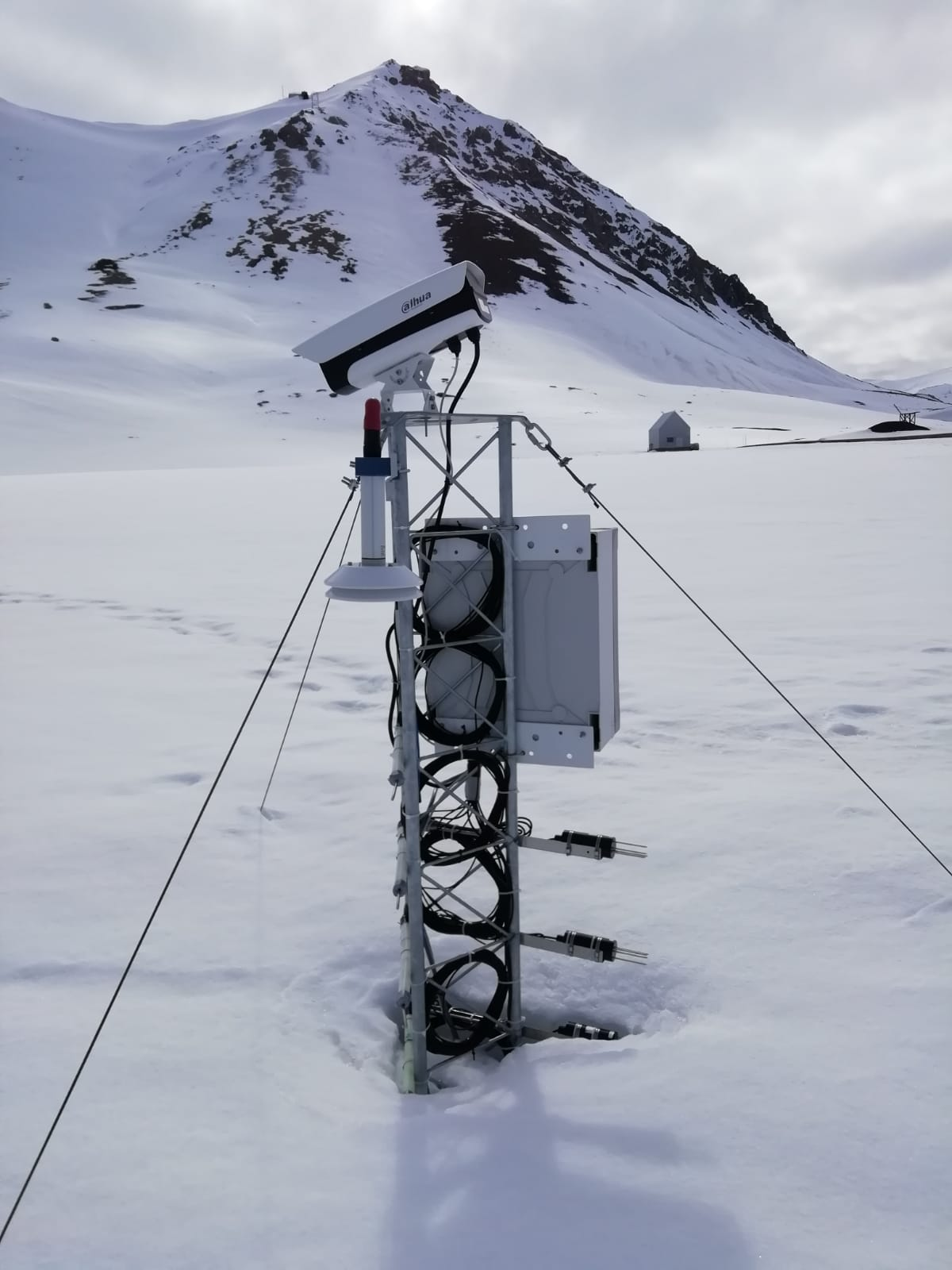2021
Type of resources
Available actions
IADC Research Activities
Topics
Keywords
Contact for the resource
Provided by
Years
Formats
Representation types
Update frequencies
status
Scale
-
Atlantification of Arctic ocean is causing a sharp increase in temperature and salinity around Svalbard Islands and in Kongsfjorden. Such phenomenon and the input of sediment-rich glacial meltwater influence salinity, water column turbidity, and light penetration with ecological implications on the microbial features.
-

The automated station is operating at the Amundsen-Nobile Climate Change Tower since 2010, which is in a tundra site almost flat, located in the Kolhaugen area. The station is part of a complex infrastructure where multi-disciplinary observations are routinely performed. The instrument used for the meauserements is a PT100 thermocouple. This activity is carried out in the framework of the SnowCorD project (SIOS Core Data).
-

Contribution of Vegetation and Soil components to Carbon cycle in Arctic environment in relationship to climate change (VegSoCA). Measurements of soil respiration and 13C labelling on different species in the experimental field close to the CCTower using LiCOR LI-8100. Species were: Carex rupestris, Dryas octopetala, Salix polaris, Moss and bare soil. Dataset: Species type, date, soil water content, soil EC, soil temperature, CO2 flux.
-

Aerosol sampling by a High-Volume Sampler (TECORA eco-highvol equipped with digital PM1 sampling inlet, nominal flow 500 lpm) for the collection of ambient aerosol particles with aerodynamic diameter < 1 μm (PM1) on pre-washed and pre-baked quartz-fiber filters (PALL, Ø= 18cm). Sampling time: 3-4 days per sample. A multi-technique analytical approach for the characterization of the sampled organic aerosol: Organic matter (OM) and Organic Nitrogen (ON). Analytical techniques employed are based on nuclear magnetic resonance spectroscopy (NMR) and Aerosol Mass Spectrometry (HR-TOF-AMS applied off-line) for the OM characterization, C and N elemental analysis (CN-EA) and ion chromatography (IC) for inorganic ions and alkyl-amines. -NMR functional groups (Aromatics, anomeric/vynilic, H-C-O, H-C-C=, H.C) -NMR tracers: Levoglucosan, Methane-sulphonic acid (MSA), Hydroxymethane-sulphonic acid (HMSA), Amines (mono-, di- and tri-methyl amines, etc.) -HR-TOF-AMS (off-line): main species (Org, SO4, NO3, NH4, Chl), elemental ratios (OM:OC, O:C, H:C) & tracer fragments (m/z43, 44, 60 etc.) -NMR & AMS OA source apportionment
-

Atmospheric Gondola for Aerosol Profiles (AGAP) The scientific goals of AGAP are to develop novel aerosol payloads and evaluate the vertical distribution of aerosol properties in the Arctic Boundary Layer. Dataset consists in Aerosol vertical profiles gridded at a 50 m spatial resolution: R, T, P, RH, Aerosol size distribution, BC concentration, O3. Maximum altitudes 1500 m.
-

EEE@NYALESUND (EEENYA) The Dataset contains flux of cosmic rays measured at different locations at Ny Alesund. Each cosmic ray event will be tagged in time using GPS. Cosmic rays data will be correlated with atmoshperic conditions, also contained in the dataset. Measurement site: Ny Alesund: 1. Dirigibile Italia Station, 2. Gruvbadet laboratory, 3. close to the Amundsen-Nobile tower
-

Ionospheric Scintillations Arctic Campaign Coordinated Observations (ISACCO) the project aims the monitoring of Total Electron Content and scintillations by suitably modified GNSS receivers sampling at 50 Hz for ionospheric modelling in NyAlesund
-

Cyclone Sample collection Teams collect two weekly 24-hour samples Teams create metadata by scanning QR codes on cyclone sampler and sample vial with Lifeplan app Teams store samples until shipment in a freezer - Sample shipping to Sweden - Sample cleaning by Lifeplan - Sample shipping to Guelph - Sample sequencing - Transfer of sequencing data to Lifeplan - Bioinformatics - Species lists Through LIFEPLAN, we aim to establish the current state of biodiversity across the globe, and to use our insights for generating accurate predictions of its future state under future scenarios. In LIFEPLAN, we thus characterize biological diversity through a worldwide sampling program, and develop the bioinformatic and statistical approaches needed to make the most out of these data.
-

The automated nivological station was installed in November 2020 in a flat area over the tundra about 80 meters far from the Gruvebadet Atmospheric Laboratory and nearby a snow sampling site from where weekly snow samples are collected for chemical analysis. Sensors have been calibrated by their companies before installation and are connected to a datalogger for continuous acquisition. For all the parameters, data are logged with 10-minute time resolution and then averaged over 1 hour. This activity is carried out by the Aldo Pontremoli Centre part of the Joint Research Agreement ENI-CNR.
-

Ionospheric Scintillations Arctic Campaign Coordinated Observations (ISACCO) The aim of ISACCO is to perform a scintillation measurements campaign by a GNSS Ionospheric Scintillation and TEC Monito) at Ny-Ålesund and Longyearbyen (Svalbard, Norway). The System consists of dual-frequency receiver with special firmware specifically configured to measure amplitude and phase scintillation. Starting from the end of 2015 a Septentrio PolaRxS_PRO receiver has been installed in one of the two observation sites in Svalbard, NyÅlesund, for the observation of all the available satellite constellations GALILEO, GPS, GLONASS at the Svalbard longitude.